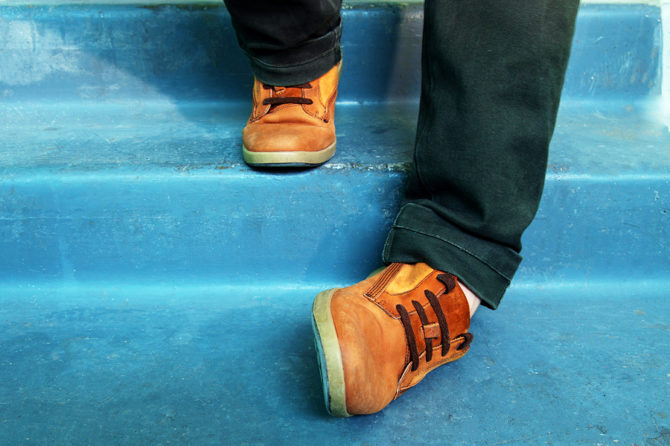
Strain or Sprain? Pt 1
Sometimes it’s hard to know exactly what’s going on inside our bodies. When we experience pain we often run to the all-knowing Google and try to diagnose ourselves (usually with a life-threatening disease), but Google can’t give you a proper examination and it certainly can’t treat whatever is ailing you. When it comes to your ankles, some basic knowledge can save you the hassle of an Internet search and start you on the road to recovery faster.
One of the most common Internet searches involving ankles is “what is the difference between a sprain and a strain?” There is an important designation so we decided we could save you the search and put all the information here in two very helpful blog posts. (See Part 2 HERE.)
Ankle Sprains
Ligaments are bands of soft tissue that connect our bones and help them move properly. If these ligaments are stretched or torn, you have an ankle sprain. This usually happens when the foot is twisted in a sharp direction very suddenly.
How Bad Is My Ankle Sprain?
Sprains are classified into three degrees of severity. Grade 1 is a mild sprain with slight stretching and damage to only some of the ligament fibers. Grade 2 is a moderate sprain with partial tearing of the ligament. Grade 3 is a severe sprain with full tearing of the ligament, rendering the joint unusable.
What Are the Signs/Symptoms of an Ankle Sprain?
All three grades of sprains will present with pain, bruising, and swelling. If your joint feels abnormally loose, you may have a grade 2 sprain. If you can’t use the joint at all, you may have a grade 3 sprain. Your provider at the FAAWC can help diagnose the severity of your sprain.
How Do I Treat an Ankle Sprain?
Treatment for an ankle sprain starts with RICE (rest, ice, compression, elevation). Moderate sprains may require wearing a brace for a few weeks for support. Severe ligament tears may require surgery. You and your podiatrist can put together the right treatment plan for you to get you back on your feet fast.
Stay tuned next week to see why a sprain is different than a strain!
Leave a reply